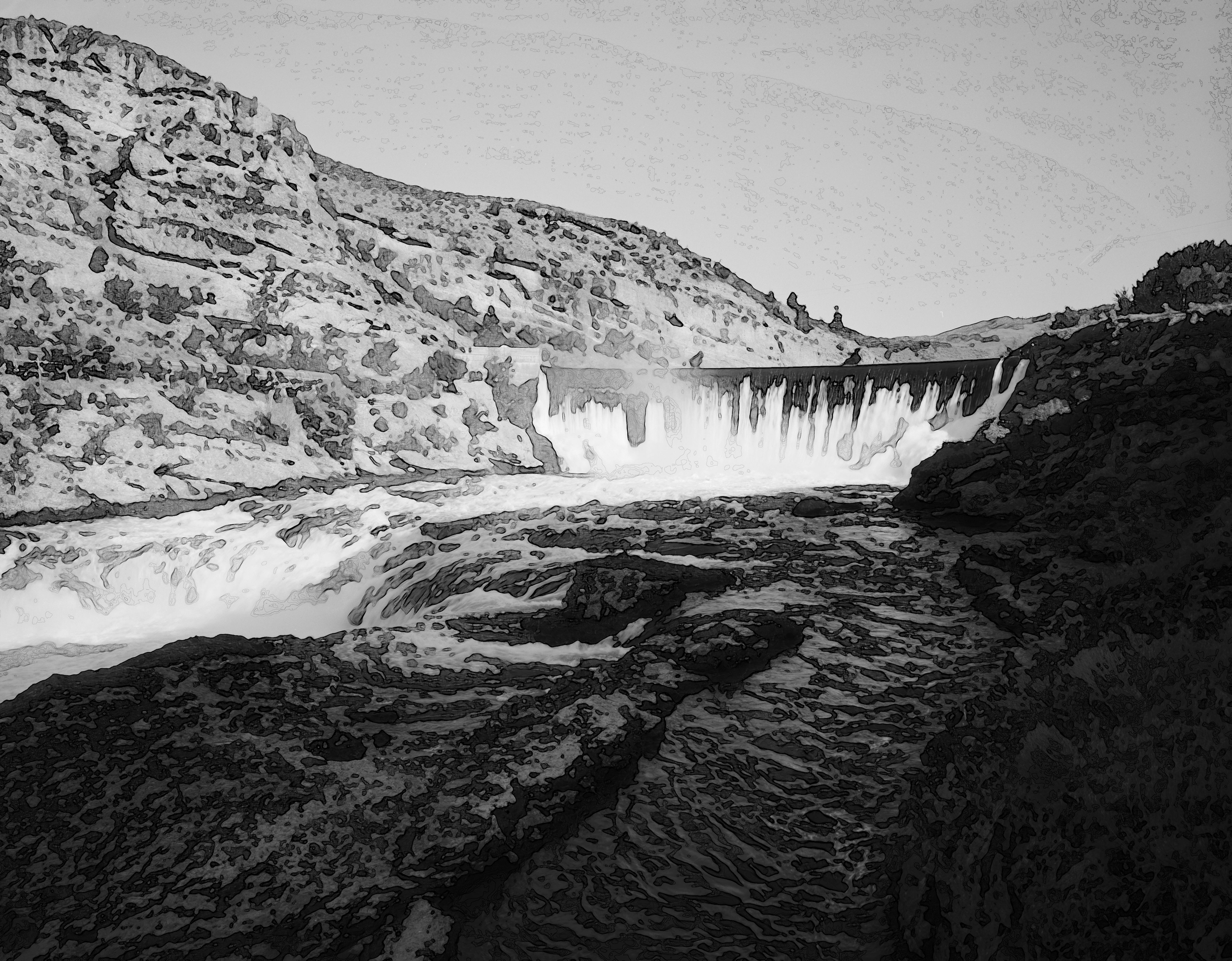
This study aims to understand if and how the Enloe Dam should be removed by incorporating technical expertise, Traditional Ecological Knowledge, and public input to produce a comprehensive, objective feasibility assessment.
What is the Enloe Dam Removal Feasibility Assessment?
collaborative Engagement
The Collaborative Engagement Framework (as seen below) guides a strategic and organized approach to the planning process of the Enloe Dam Removal Feasibility Assessment. By bringing together key decision-makers, technical experts, and stakeholders, this framework is a key component of the comprehensive feasibility assessment by enabling effective teamwork and transparent communication.
A bird’s eye view of the various stakeholders and groups collaborating on the Enloe Dam Feasibility Assessment.
Each group’s purpose and members are outlined below.
-
The executive group is responsible for making critical decisions and working collaboratively toward solutions that maintain the interests of all parties involved.
Okanogan Public Utility District (OPUD)
Confederated Tribes of the Colville Reservation (CTCR)
Trout Unlimited (TU)
WA Department of Ecology (ECY)
WA Department of Natural Resources (DNR)
Bureau of Land Management (BLM)
-
The Project Team works closely with all other groups and ensures a comprehensive assessment that addresses the environmental, social, and economic aspects of the project.
Trout Unlimited (TU)
Confederated Tribes of the Colville Reservation (CTCR)
-
The TAC serves as a review body for the technical deliverables produced by the consultant team. Their primary focus is to ensure that the desired outcomes and regulatory criteria are being met.
WA Department of Ecology (ECY)
WA Department of Fish & Wildlife (WDFW)
US Fish and Wildlife (USFWS)
Confederated Tribes of the Colville Reservation (CTCR)
WA Department of Natural Resources (DNR)
Bureau of Land Management (BLM)
US Army Corps of Engineers (USACE)
National Oceanic & Atmospheric Administration (NOAA)
-
Tribal and First Nations partners play a fundamental role in providing critical input into decision-making processes and project development that impact their lands and resources.
Confederated Tribes of the Colville Reservation (CTCR)
Upper Similkameen Indian Band (USIB)
Lower Similkameen Indian Band (LSIB)
-
As a collective body, the Policy Group is responsible for addressing policy-related issues such as laws and regulations that transcend individual jurisdictional boundaries.
WA Department of Ecology (ECY)
WA Department of Fish & Wildlife (WDFW)
US Fish and Wildlife (USFWS)
WA Department of Natural Resources (DNR)
Bureau of Land Management (BLM)
Canada Department of Fisheries and Oceans (DFO)
US Army Corps of Engineers (USACE)
National Oceanic & Atmospheric Administration (NOAA)
-
The Consultant Team, consisting of professional consultants or contractors, plays a crucial role in providing transdisciplinary subject matter expertise for the assessment.
Riverlogic Projects
-
The Coordinating Table for the feasibility assessment serves as a platform to engage key stakeholders and partners who are not represented in other groups but have significant roles in developing, authorizing, or funding the project.
-
In the context of the feasibility assessment, the term "public" encompasses a wide range of stakeholders with diverse interests and perspectives. This includes but is not limited to, adjacent landowners, community members and statewide interested parties.
Historical Timeline of the Enloe Dam
A timeline of events relevant to this assessment
Historical photos from the Oroville Depot Museum








